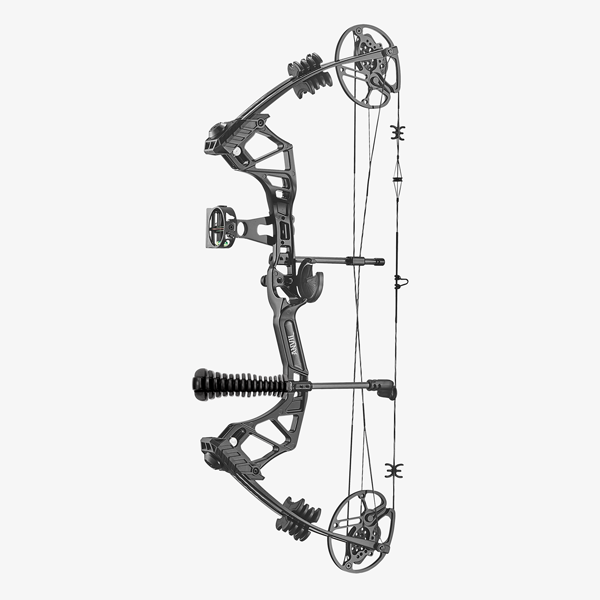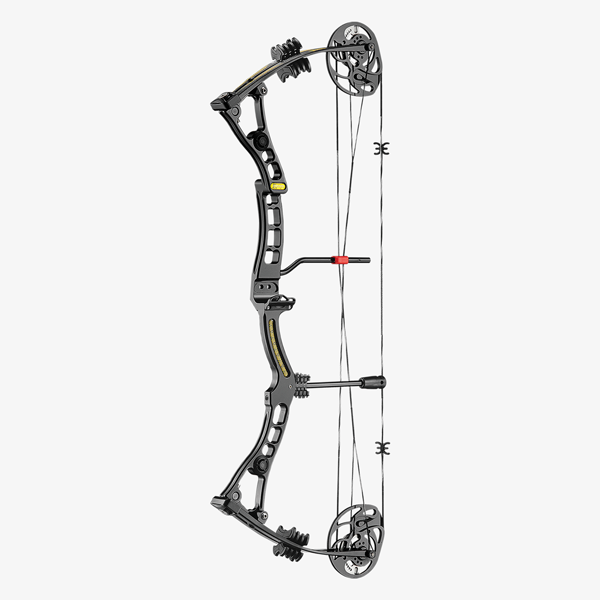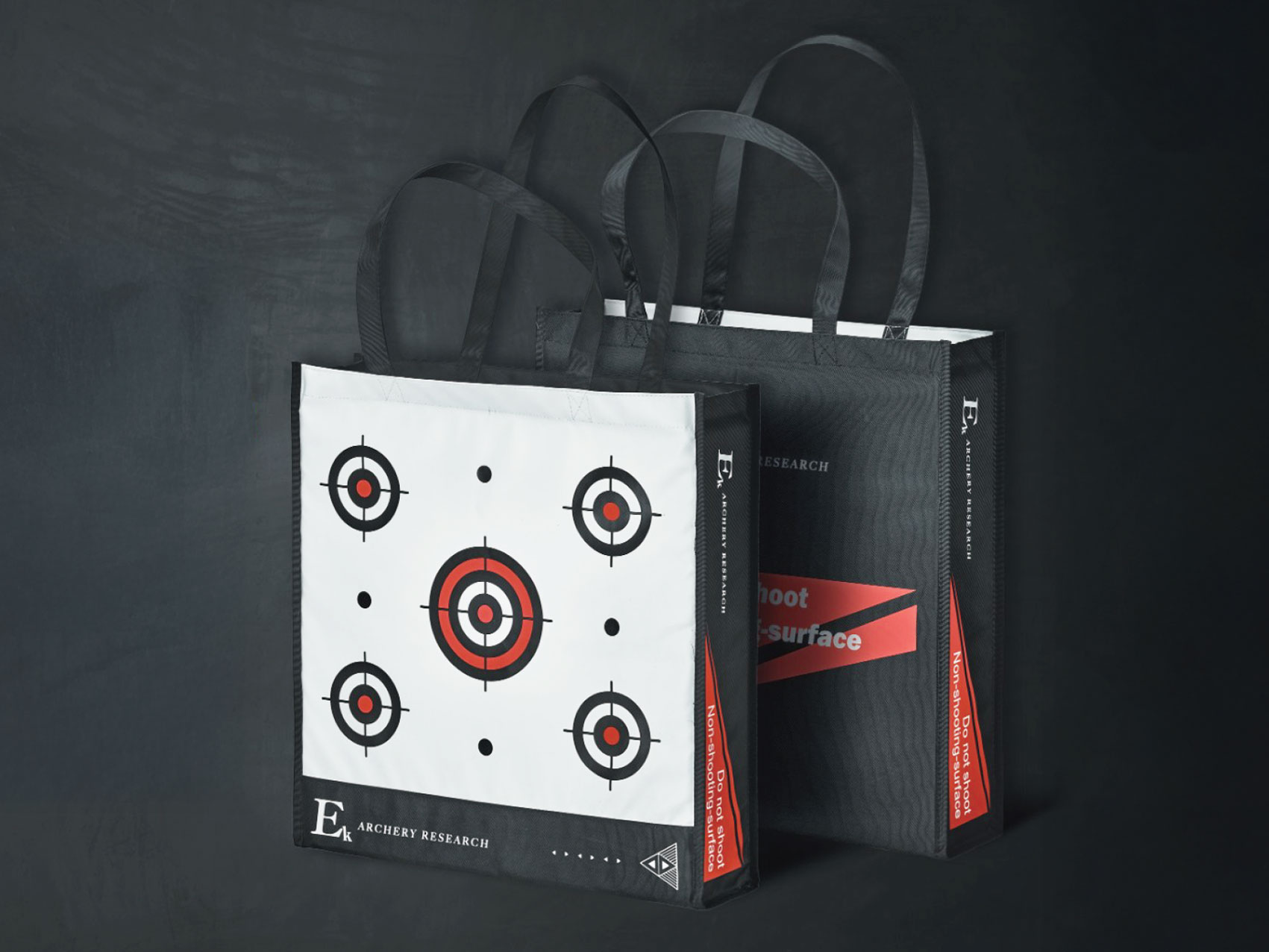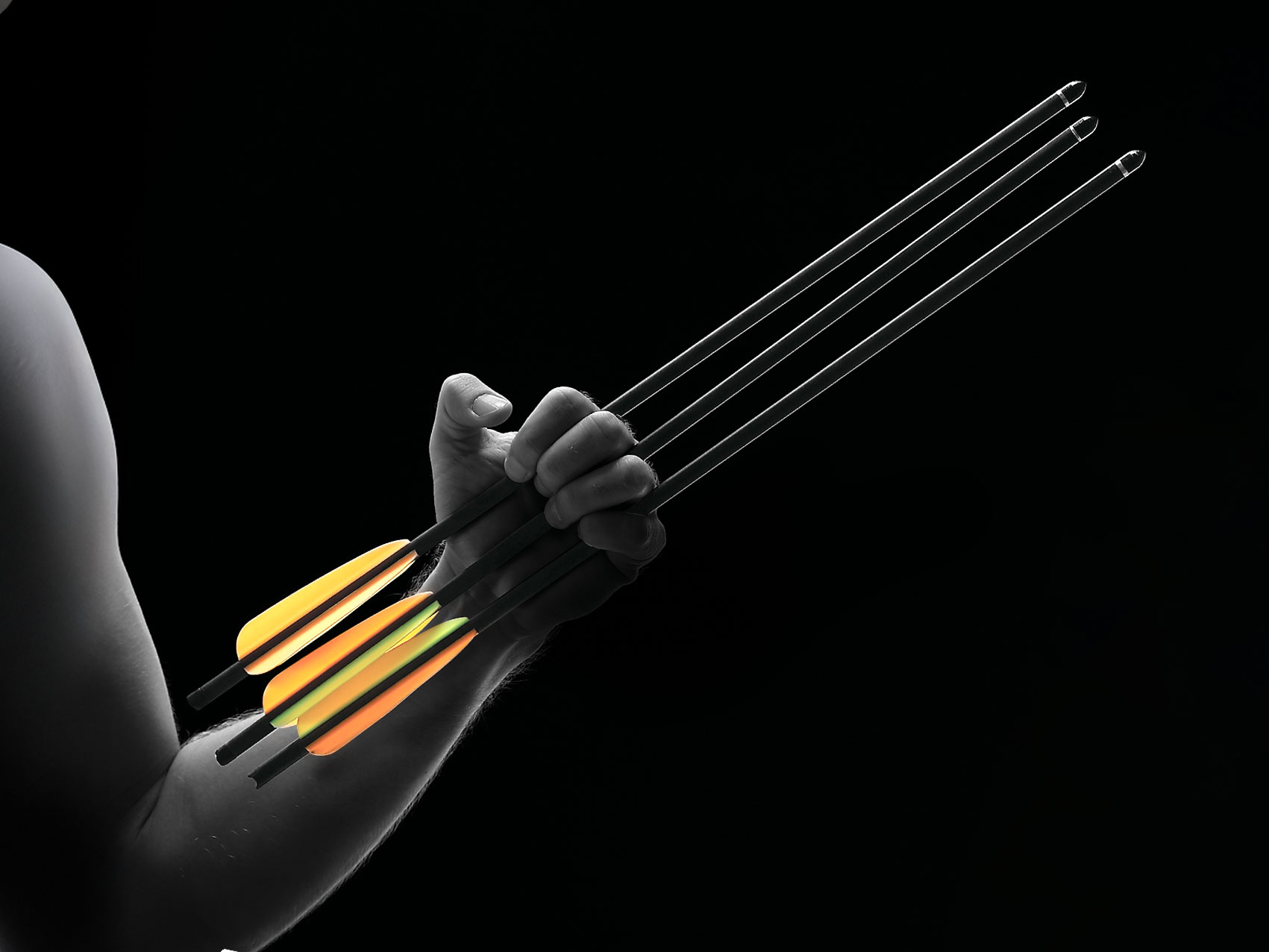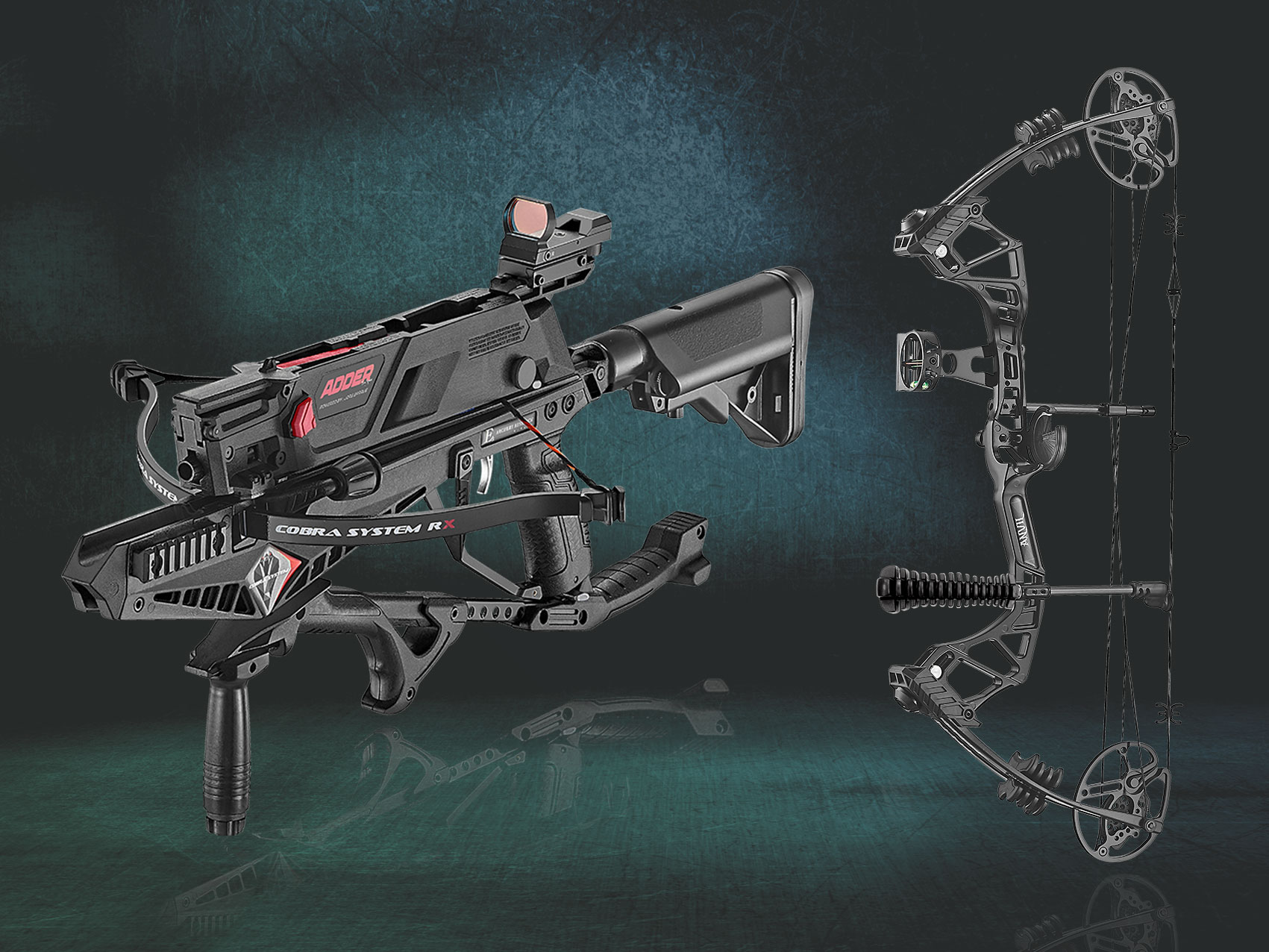What is the best compound bow for a beginner?
If you're a beginner in archery and considering your first compound bow, this guide is designed for you.
Whether you plan to shoot for sport, leisure, or skill development, choosing the right equipment is essential for progress and safety.
Unlike traditional recurve bows, compound bows use cams and let-off systems to reduce draw weight at full draw. This makes it easier to aim steadily, especially for new archers building form and muscle memory.
Below, we introduce two excellent beginner models from EK Archery, and offer key considerations for selecting a compound bow that suits your build, strength, and goals.
MENU
What Beginners Should Consider When Buying a Compound Bow
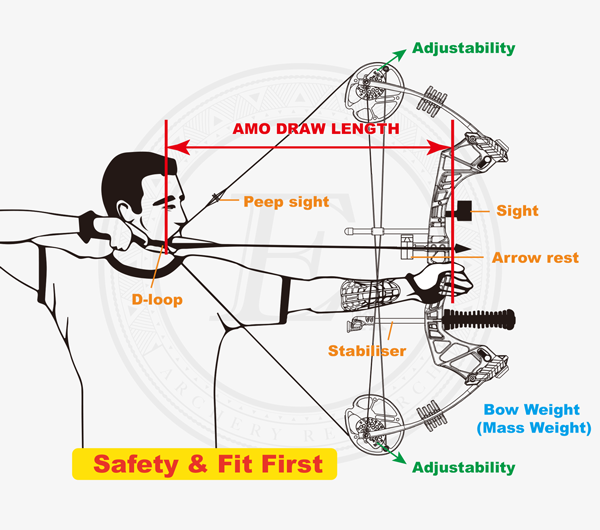
1. Draw Length & Draw Weight
Your draw length must match your arm span to ensure proper posture and shot consistency.
General rule: Arm span (in cm) ÷ 2.5 = estimated draw length
Too short, and you lose stability. Too long, and you risk poor form or injury.
Draw weight: For compound bows, draw weight refers to the amount of force (measured in pounds) required to pull the bowstring, especially at the peak point during the draw cycle—typically in the later stage of the draw.
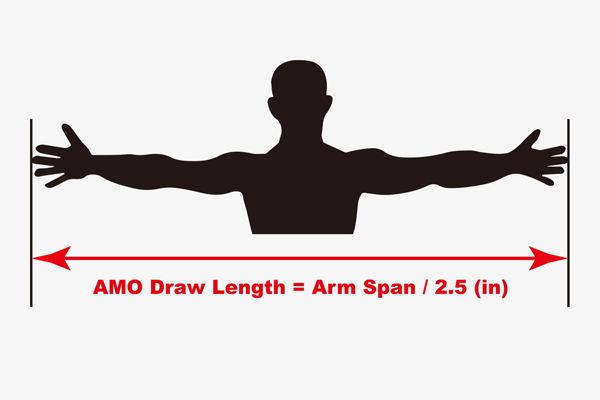
2. Bow Weight (Mass Weight)
The total weight of the bow affects both fatigue and shooting stability. A slightly heavier bow (3.1–4.0 lbs) often provides better balance and reduced hand shock, ideal for target shooting.
However, smaller-framed individuals may find heavier bows tiring. If the bow exceeds 4.4lbs, it may hinder learning due to muscle fatigue or instability.
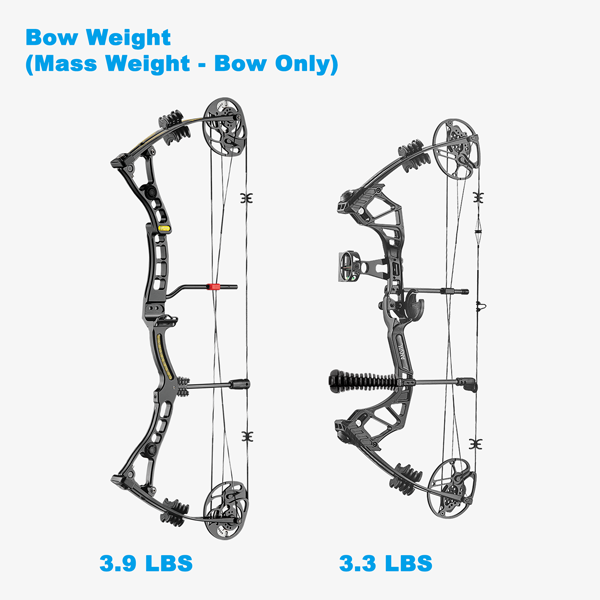
3. Bare Bow vs. RTS Kits
Beginners are usually better off with RTS (Ready-To-Shoot) packages, which include:
- Sight
- Arrow rest
- Quiver
- Peep sight
- D-loop
- Stabiliser
This allows you to start training immediately without the challenge of sourcing and installing individual components.
Bare bows are generally intended for experienced archers who wish to fine-tune their setup.
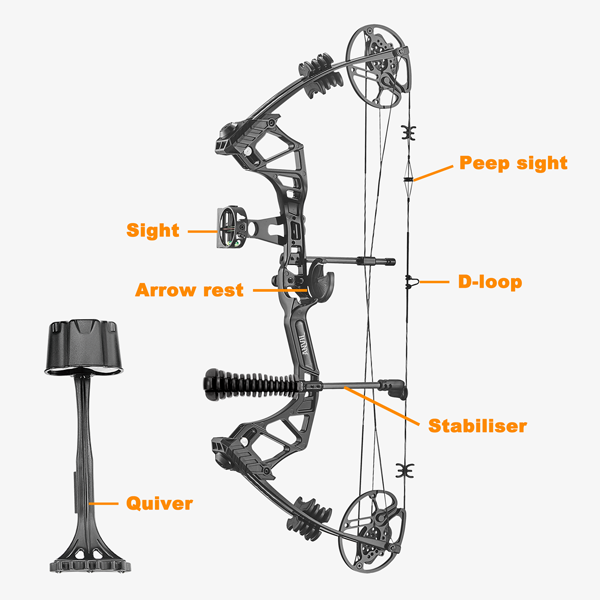
4. Adjustability
A good beginner bow should "grow with you."
Choose models with wide adjustment ranges for both draw length and draw weight. This avoids the need to replace equipment too soon and supports a smooth transition into intermediate skill levels.
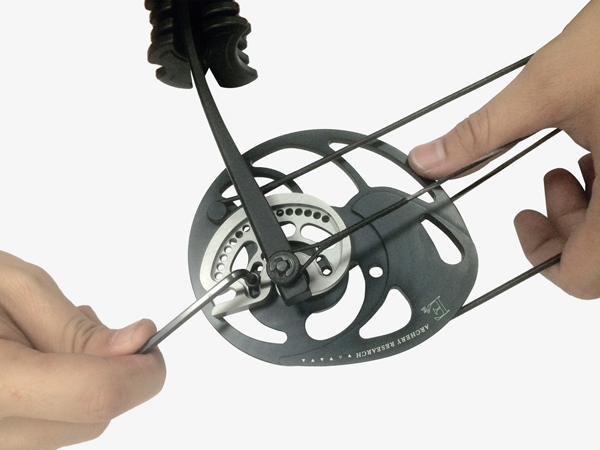
5. Safety & Fit First
Never choose a bow solely based on power or appearance. Proper fit, comfort, and safety are far more important, especially in the early stages.
Testing the bow at a shop or archery centre is highly recommended.
Recommended Beginner Compound Bows from EK Archery
Both models listed below are designed to support progression, with wide adjustability and solid performance. Suitable for adults, youth, or smaller-frame users.
EK Archery Anvil
An ideal choice for beginners seeking comfort, stability, and adjustability. The Anvil is compact, easy to manage, and comes in three colours: Black, Dark Grey, and Folium Camo.
- Draw Weight: 15–55 lbs (adjustable)
- Draw Length: 15”–27”
- Let-off: 70%
- Brace Height: 6.25"
- Axle to Axle: 27”
- Mass Weight: 3.3lbs
- Target Group: Adult beginners, female archers
- Key Feature: Well-balanced design with vibration dampening, promoting better control during learning.
EK Archery AXIS
If you’re looking for a longer draw length and axle-to-axle setup, this model offers an excellent starting point for beginners—especially those with a taller build or longer arm span—who want better comfort and control as they develop their skills.
- Draw Weight: 30–70 lbs
- Draw Length: 23.75”–32.5”
- Let-off: 75%
- Brace Height: 8"
- Axle to Axle: 32”
- Mass Weight: 3.9lbs
- Target Group: Beginners with longer draw length and A to A needs.
- Key Feature: Stable and intuitive to set up; ideal for users looking for steady progress.
Beginner Tips for Archery Success
- Practice with close targets first (5–10 metres)
- Focus on form, not power
- Use safety gear like armguards and finger tabs
- Record your form or seek feedback from an instructor
- Be patient and consistent – accuracy improves with routine
Frequently Asked Questions
Is a compound bow better than a recurve bow for beginners?
Both have merits. Recurve bows are lighter and simpler, ideal for learning fundamentals. Compound bows offer higher accuracy and less strain at full draw, making them ideal for longer-term progression.
Should adult beginners start with high draw weights?
No. Even fit adults should start with lower draw weights to ensure proper form. Many bows offer adjustable draw weight, which you can increase gradually.
Can children use compound bows?
Yes, but only with youth-specific models featuring short draw lengths and low weight. Always provide supervision and safety equipment when training young archers.
Start Your Archery Journey with Confidence
Whether you're seeking a hobby, sport, or new challenge, the EK Archery Anvil and Axis provide reliable performance, comfort, and room for growth—ideal companions for beginners in Europe.
👉 Visit your local archery shop or certified EK Archery distributor to try them in person.


